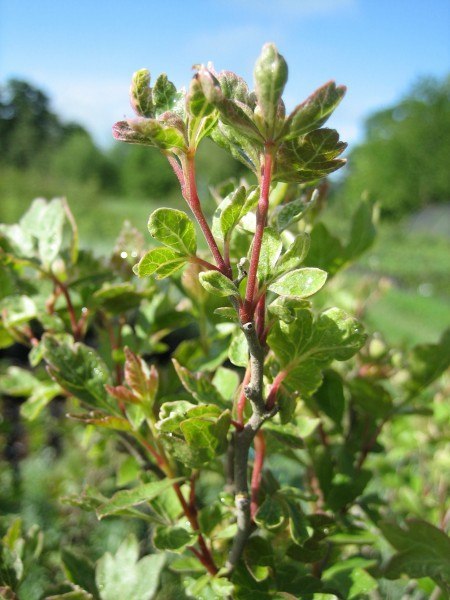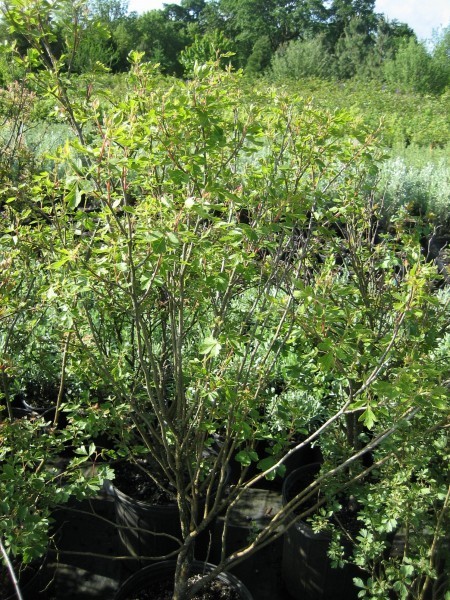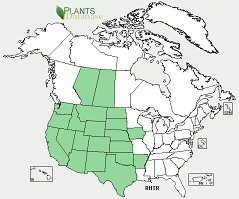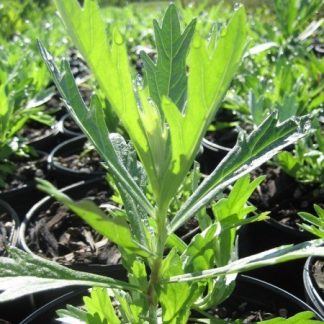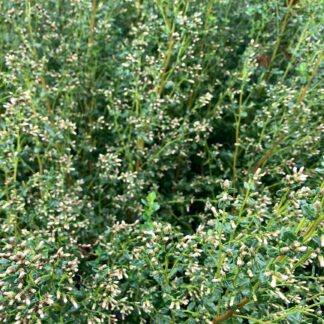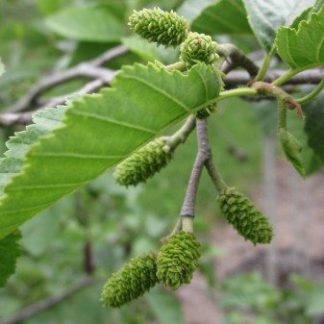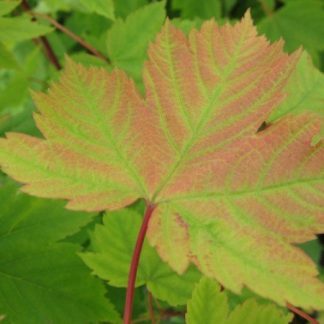Rhus trilobata
skunkbrush
Habit: deciduous low-growing shrub with many branches from upright to arching sprouting from rhizomes and root crowns. Leaves are compound into three lobed leaflets. Leaves are fragrant, especially with contact. Branches and leaves are covered in small soft hairs. Rhus trilobata is polygamodiocious, meaning it has female and male flowers on separate plants, as well as bisexual flowers on the male plants. The white or light yellow flowers are small and grouped together in dense clusters. Female flowers mature into small red drupes covered in sticky glandular hairs. Blooms between March and April. Fruit, which persist into winter if not eaten by animals, form from June onward. Leaves provide beautiful fall color, turning bright yellow, orange and red.
Ecology: native to the Western United States, forming thickets and growing on hillsides, canyons, and near streambanks at elevations from 3280-9842 ft (1000-3000 m).
Growing Conditions: full sun to partial shade, in dry to moist soil, well-drained, sandy soil. Drought tolerant once established.
It is useful for windbreaks and because of the strong root development, for erosion control. Skunkbush fruits persist through fall and winter providing food for birds and small mammals. Skunkbush also may form dense thickets providing good hiding and nesting cover for small birds and mammals.
Specs
Deciduous Shrub
3-6 ft (1-2 m)
3-8 ft (1-2.5 m)
5-10

